One of the criticisms of the SAT is that it’s a “coach-able” exam. And you know what? It is!
The SAT test-makers have a virtual love affair with a variety of questions that they just can’t boot out the door! There’s their latest prom date—the relationship between the sine and cosine of two complementary angles. They’ve practically pinned a corsage on that one! And then there’s the removal of one “outlier” value in an ordered list of data; you’re highly likely to get within “range” of that one!

There’s also the ability (or disability) of the SAT test-makers to put a slightly different spin on SAT MATH questions. In other words, questions that you’ve practiced numerous times in your school math classes are intentionally designed to be just different enough to give you pause. The solution?? You absolutely must practice with the 232 SAT-simulated questions that we feature in our full curriculum.

What are some other predicable SAT Hit Parade questions and/or features? Well, there’s labelling the x– or y-axis with unexpected values (thereby changing the appearance of slope, or magnitude of exponential growth or decline). Sometimes this is done out of necessity (e.g., the y-axis in steep parabola graphs is often increased because otherwise it’s hard to interpret the graph). But other times, it’s done intentionally to make sure you’re paying attention; so make sure that a population of 500 isn’t actually 500,000 (when the y-axis is calibrated in thousands)!
Here’s another favorite twist on the SAT MATH exam—not asking for the solution of a single variable, but instead asking for:
- (x – y) versus x or y
- b/a versus a or b
- (x + 4) or “twice x” versus plain old x!
And when the SAT asks you to solve for something other than a single variable, don’t immediately try to solve for either variable; instead see if you can more easily solve for precisely what’s requested (i.e., (x + y)). Typically you can, and typically you can do so in much less time. In sumation, always read the question carefully. We’re more or less programmed to solve for the explicit unknowns (i.e., x or y). However, in these cases you can execute all the math perfectly, but then select the wrong answer, simply because you didn’t notice that the question asked for something out of the norm.
Favorite elements seen on the SAT MATH exam—
- Common Quadratics (including Perfect Squares & Difference of Squares)
- Special Right Triangles
- Isosceles / Equilateral Triangles
- Squaring imaginary i
- Faulty Statistical Analysis
- Disguising simple single-variable equations
- Extraneous Solutions

So, do you really want to slog through of all that and more via a test prep book big enough to anchor a catamaran?? Or by passively watching hour after hour of non-interactive video?? Neither of these approaches are going to cut it! So stop fighting the inevitable and enroll now in our one-of-a-kind INTERACTIVE VIDEO curriculum—

